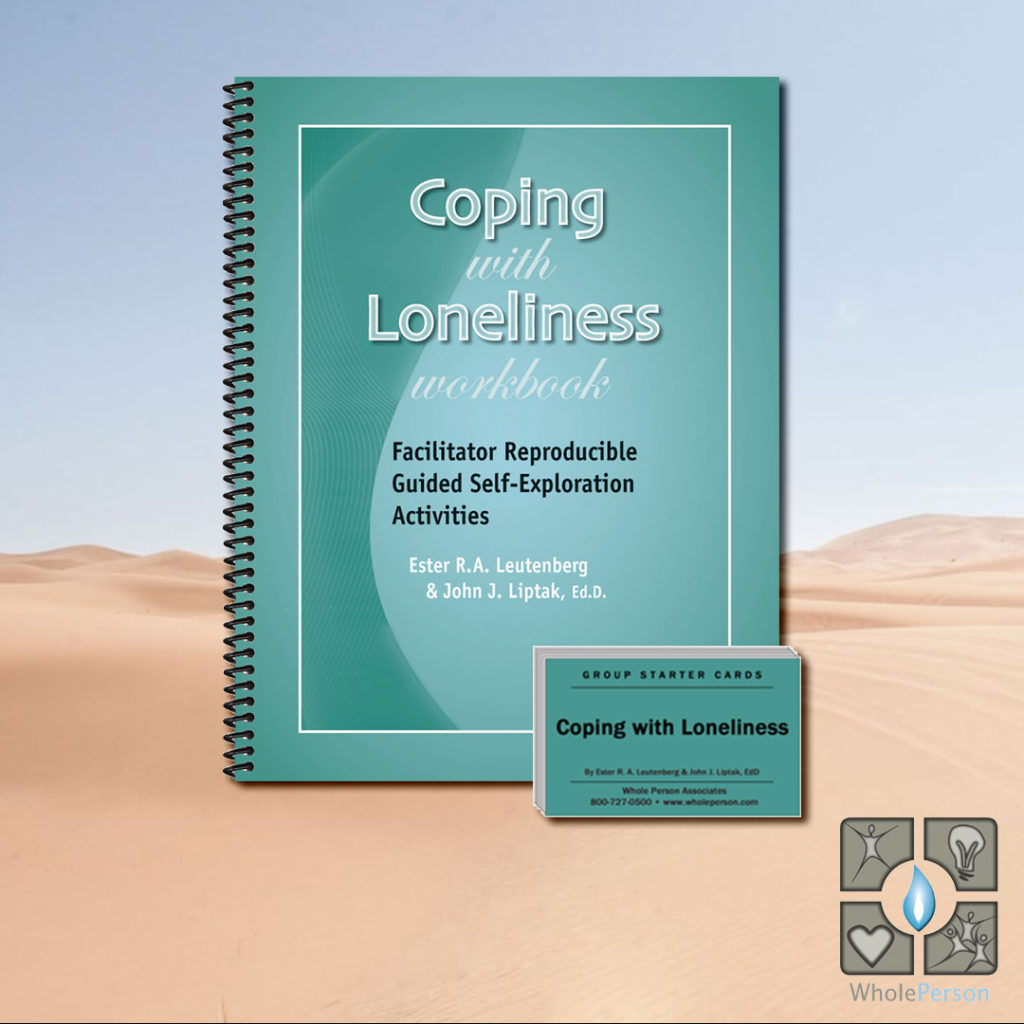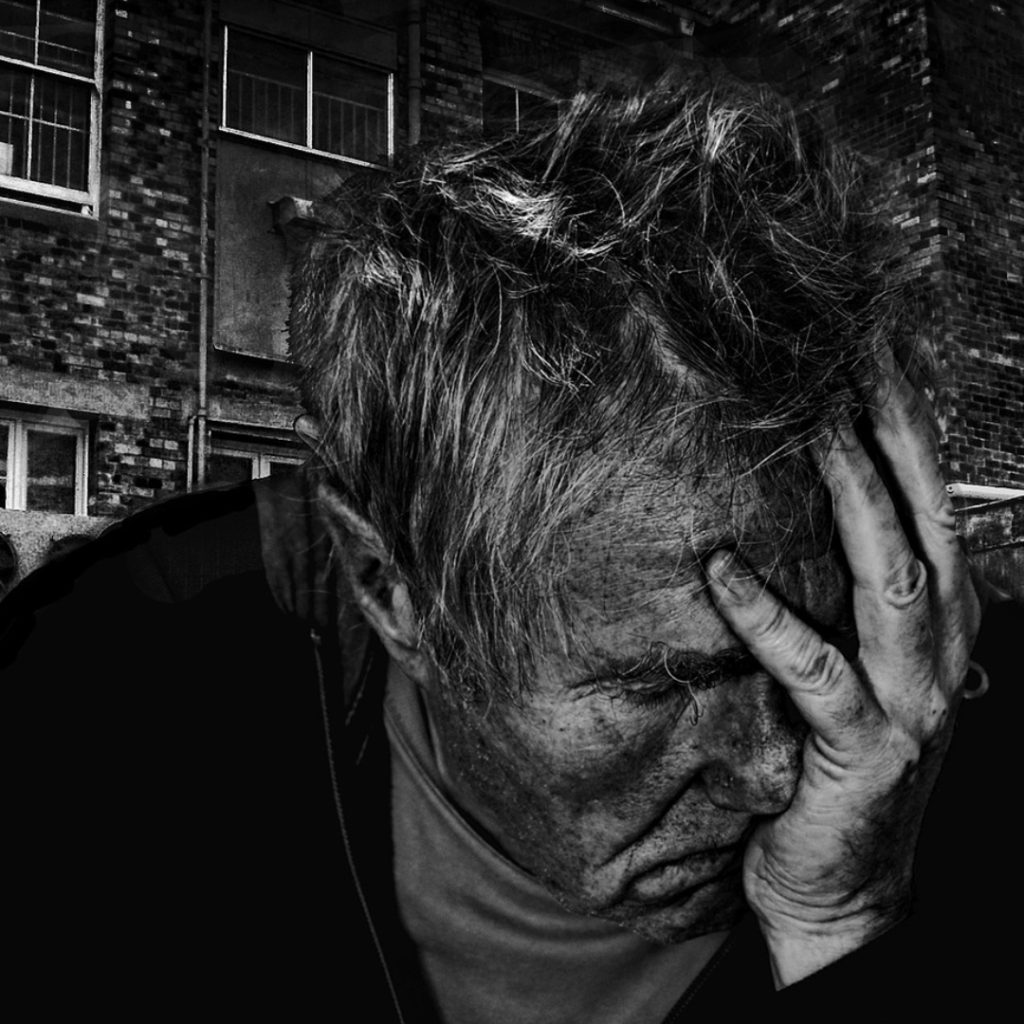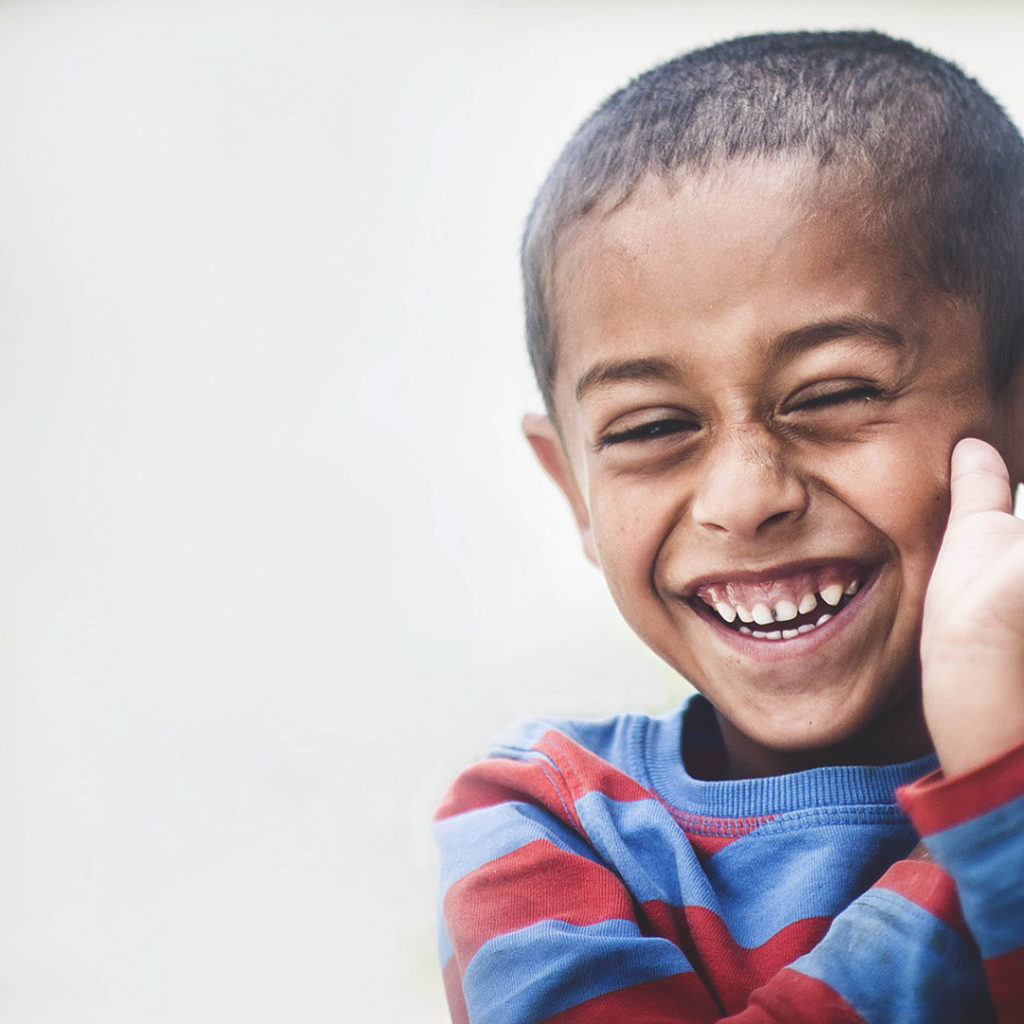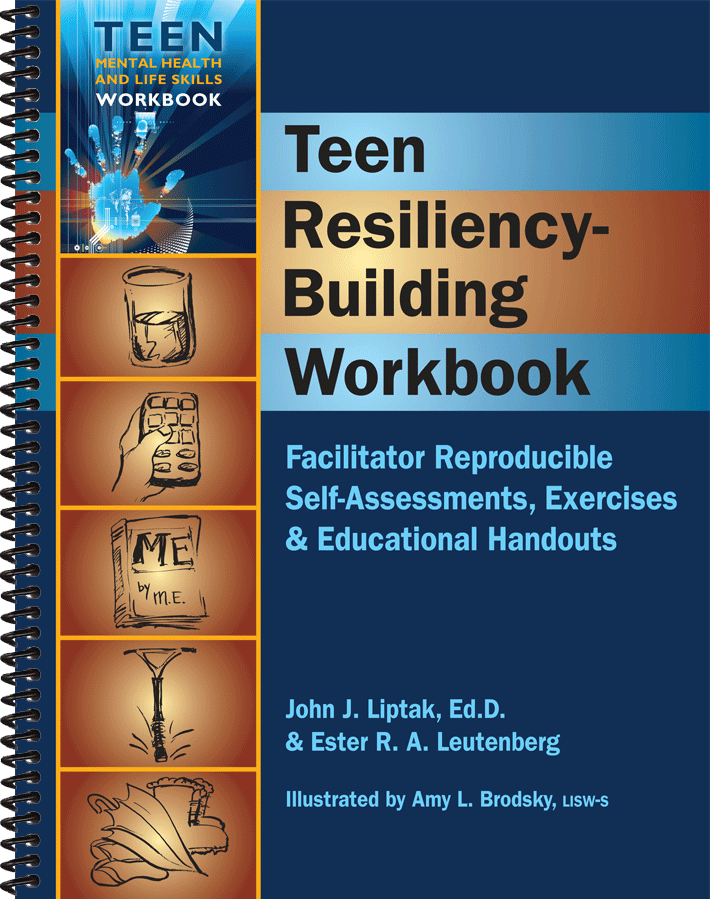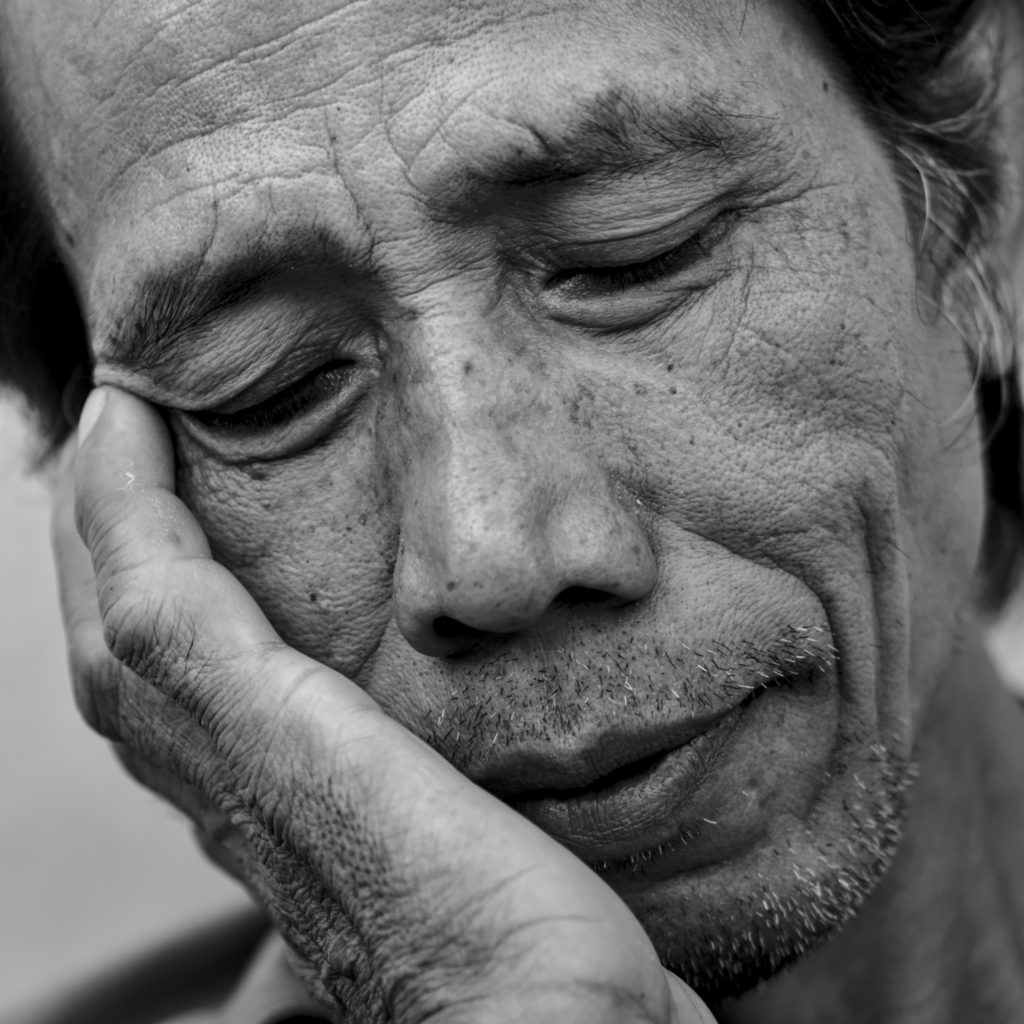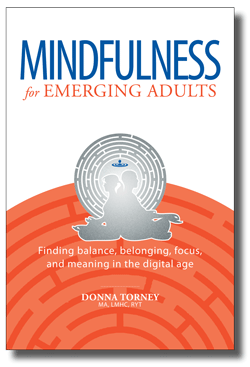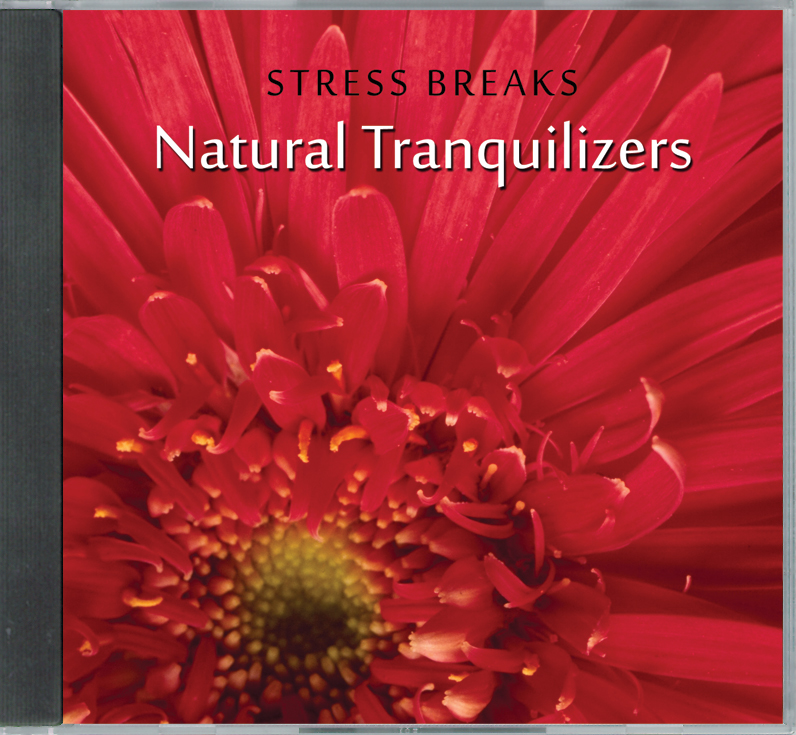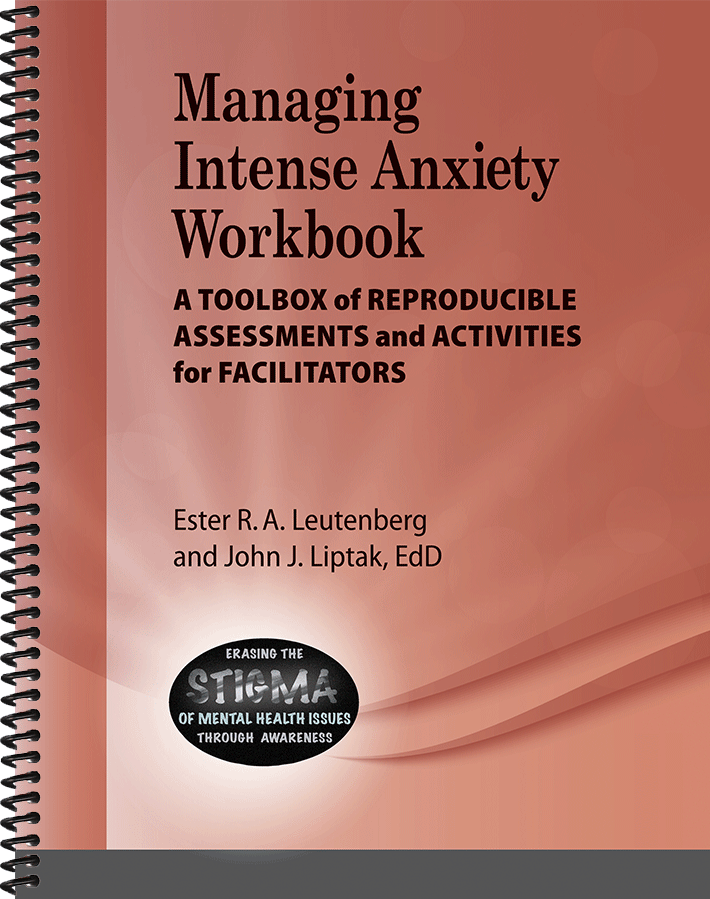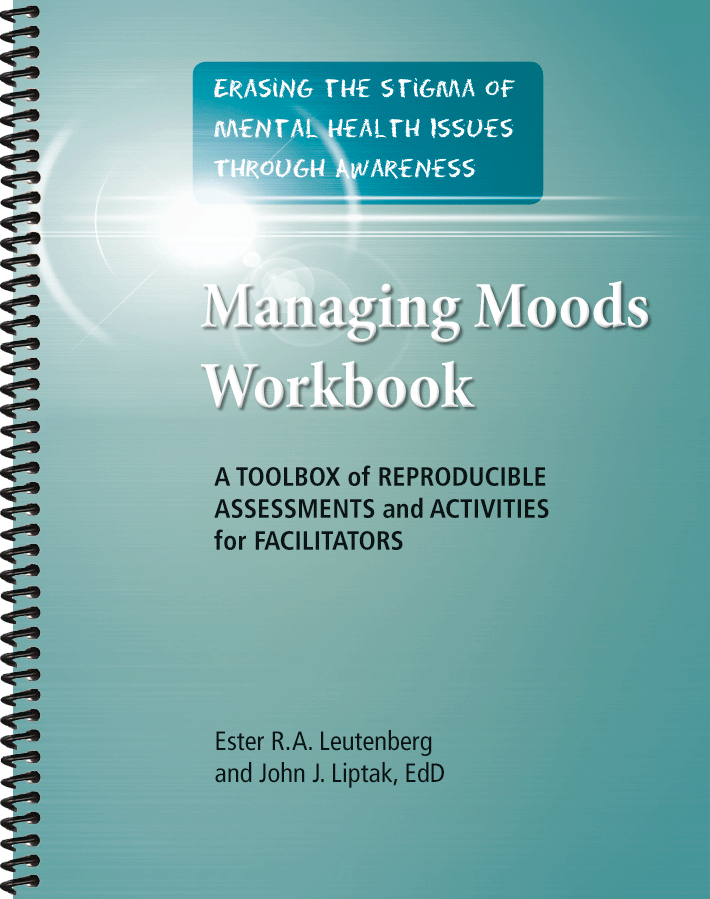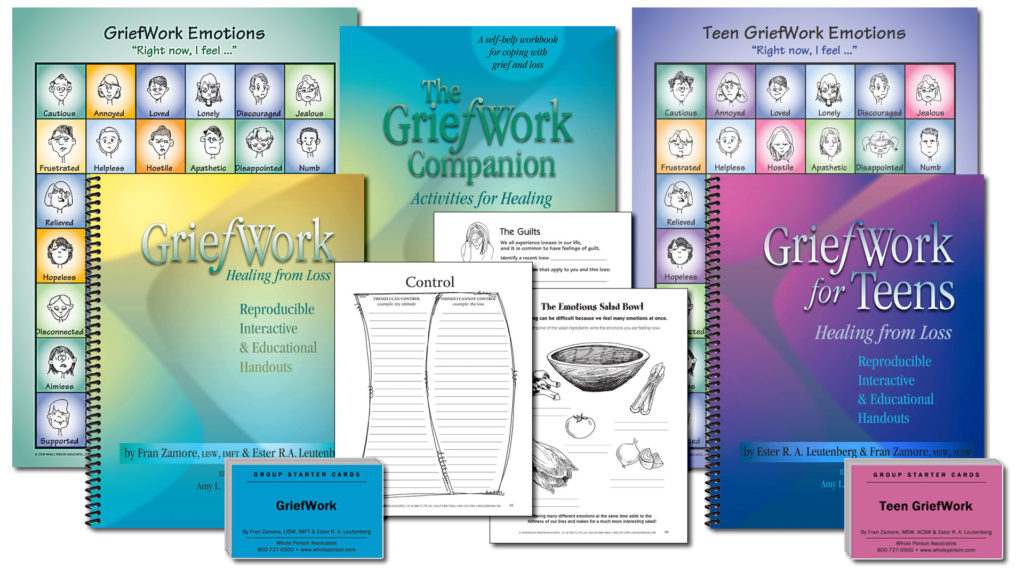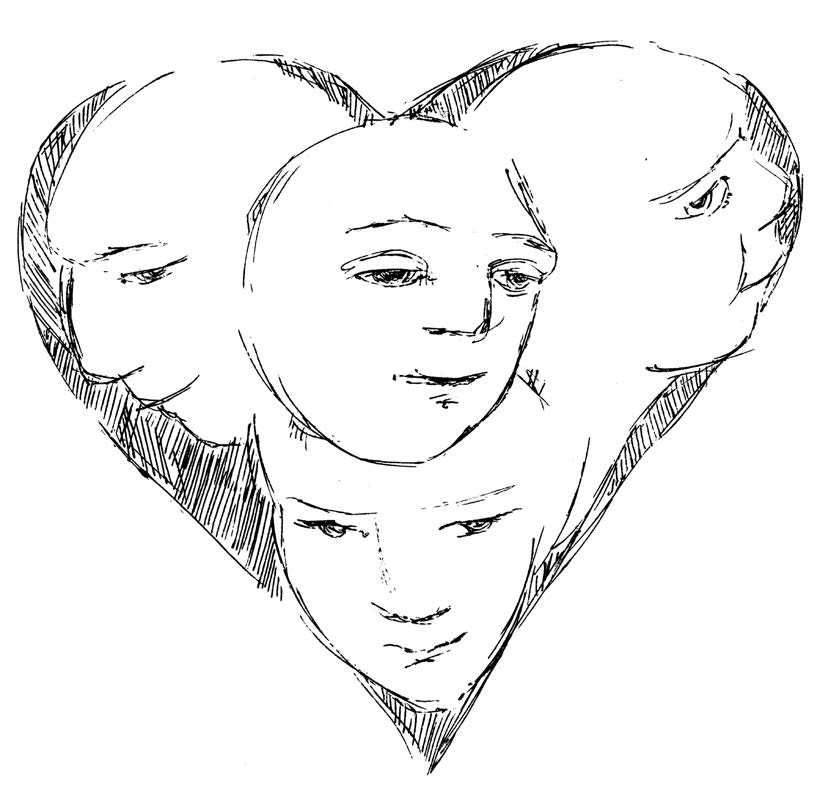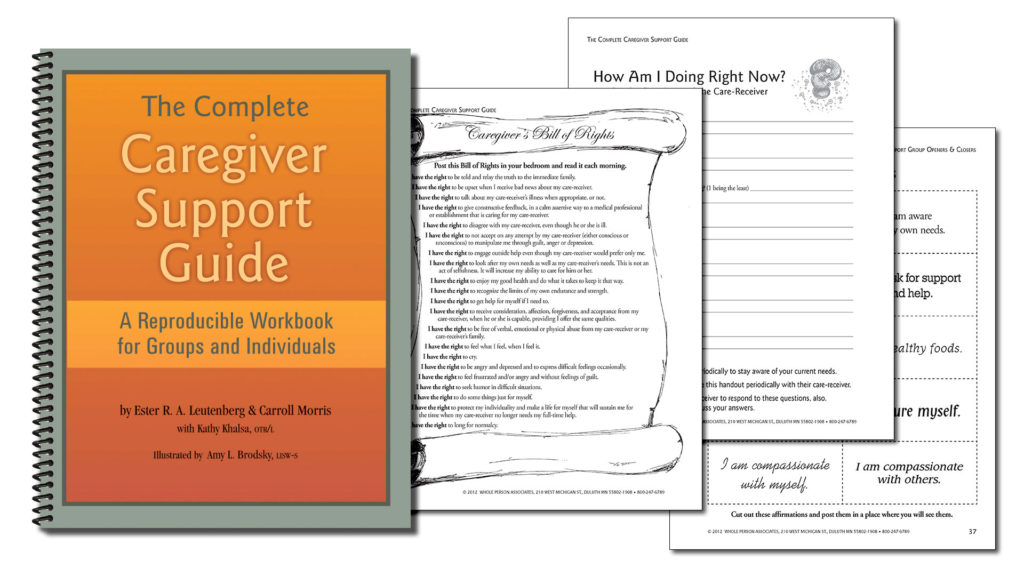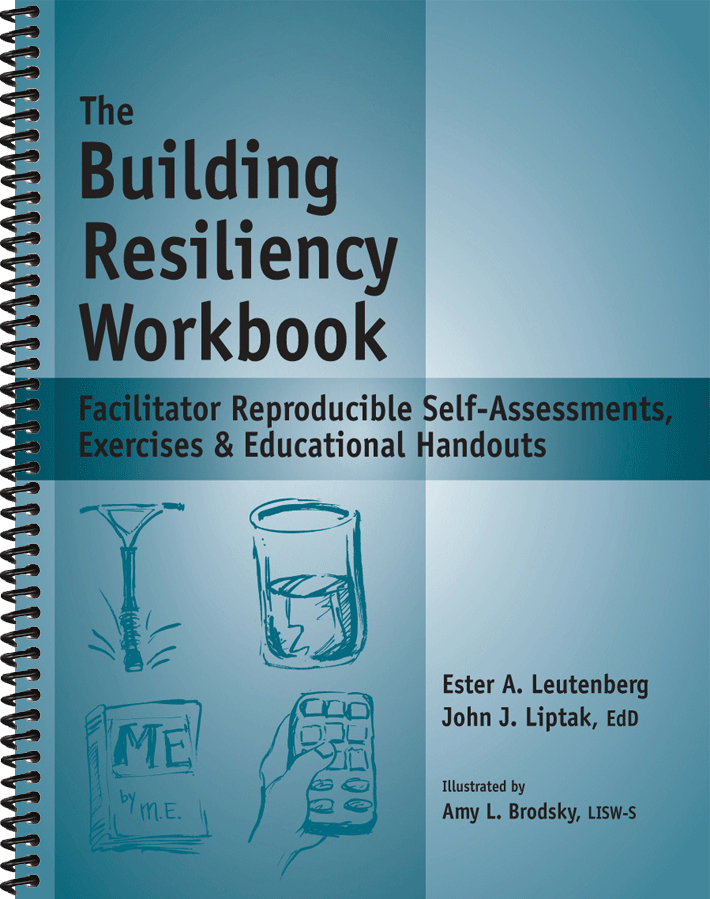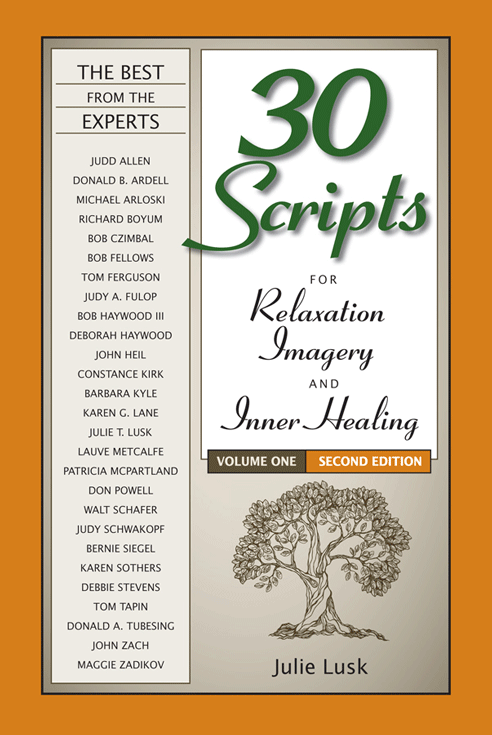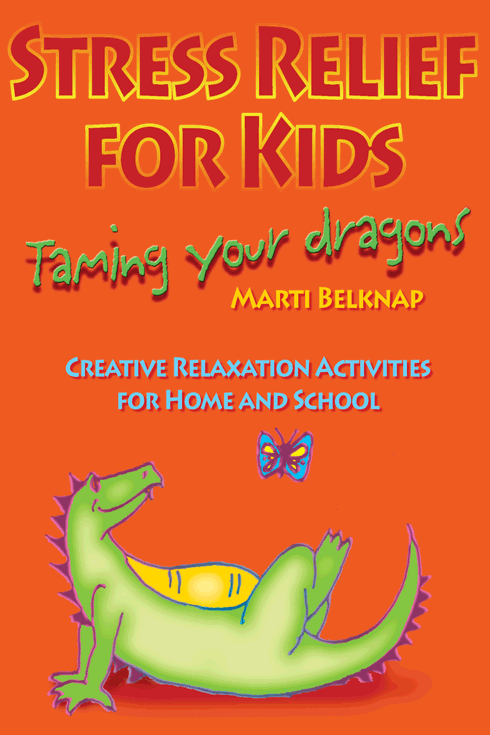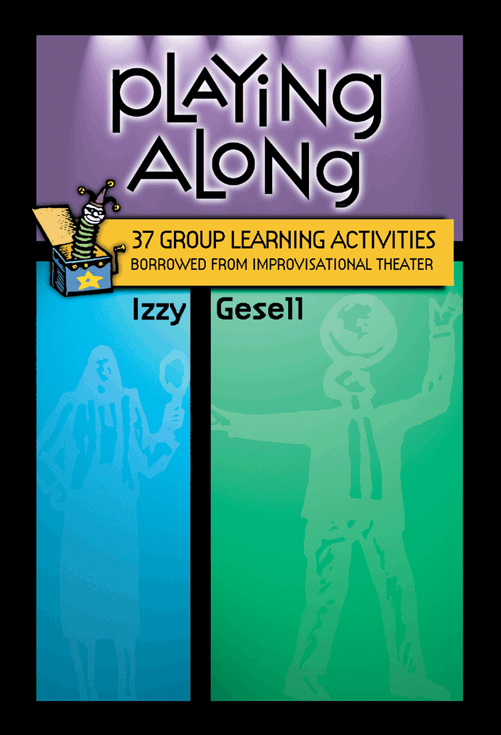We were an informal group of educators, social workers, and therapists who felt deeply moved by ongoing race-related violence, and the difficulty in talking about race-related topics, even among RCT practitioners. We formed an informal group to examine our own white privilege and to address race-related issues and have been meeting for the past year and a half. As the poster describes, we are focused on further development of our personal and professional lenses in the application of RCT to racism (interpersonal and systemic). We seek to understand our individual and collective journeys and to further develop Relational-Cultural theoretical constructs related to racism. We expect and plan further work on this topic, as our group work continues. Lisa Eible may be contacted at lmeible@yahoo.com.
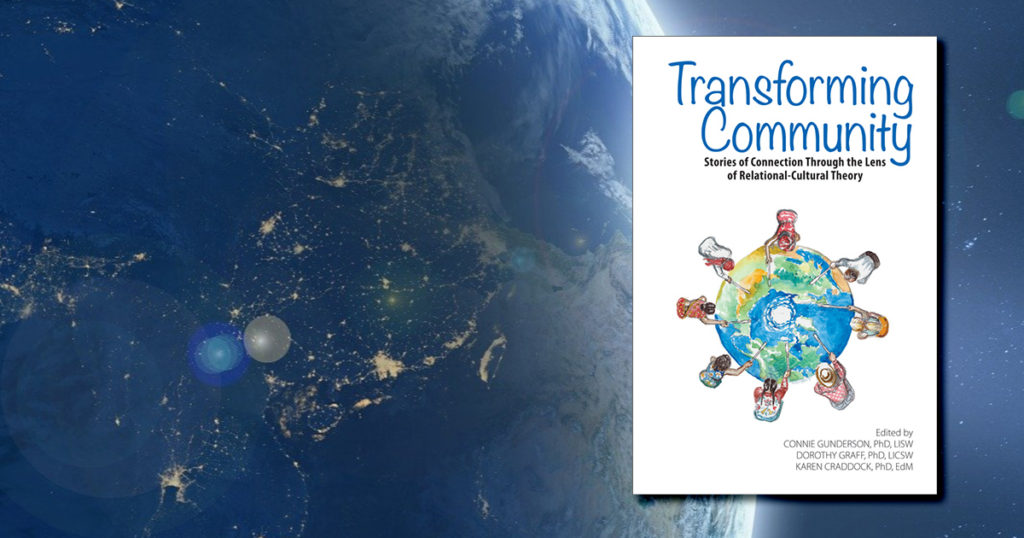
From its inception and early beginnings, Relational-Cultural theory (RCT) has been characterized by co-creation. Jean Baker Miller strongly held to the notion that the work itself was “in relation”—that is, ever changing in a context of mutual learning and impact (Miller, 1976). In this rich collaborative tradition, a group of Relational-Cultural practitioners began working together on a personal, professional, and theoretical journey related to racism and white privilege after the 2015 Jean Baker Miller Institute (JBMTI) in response to yet another national race related tragedy—the Charleston, South Carolina church shooting. A call to action developed there for further RCT work specific to issues of racism and white privilege. Miller (1976) cited the importance of a “good conflict”; and authors such as Ayvazian and Daniel Tatum (1994), Daniel Tatum (2004), Jordan (1997), Tatum and Garrick Knaplund (2004), and Walker (2002) addressed racial issues. Our group thought there was another layer of “unpacking the knapsack” of white privilege which needed to be done (McIntosh, 1989).
A call was made for conference attendees and other RCT practitioners who were interested in working on issues of racism. It was decided that the group would be composed, at least to start, of those who identified as “white”. We observed, in the group’s conception, a need for “us to work on our own issues” and not place additional stress and expectations on our sisters and brothers of color to help us “get it”. This was a decision made in love and protection, not with the purpose of exclusion. It was also a place to start, not a forever decision.
Initially, two groups of social workers, therapists and educators from across the United States and Canada were established and began meeting in Fall, 2015, via on line meeting forums. While all group members identified as “white” and “female”, there was cultural, religious, and sexual orientation differences among group members. The initial goals were to raise each person’s individual awareness of their own privilege and to name how it impacted the lens through which they experienced the world. The longer-term goals of the group are to contribute to the Relational-Cultural theory literature as it relates to issues of race, diversity, and white privilege, as well as to develop some sort of individual or collective social action agenda. The two groups combined to form one group after the first series of meetings due to a smaller number of participants at that point, and has continued as such through April 2017.
A closed Facebook group was set up to share information that included materials such as worksheets, journaling, readings and videos (ex. Race—The Power of an Illusion, Wealth: America’s Other Racial Divide). Survey Monkey was used to gather data from the nine participants in the final group. In response to the question, Have you changed as a result of your participation in this group, participants answered:
• I feel more empowered to speak up on issues of privilege and racism…this group has provided connection and a safe learning place for my continued growth.
• I am angrier. In a good way.
• I am more knowledgeable about the history of racism and institutional privilege in the United States and more aware of how it has affected my habitual perceptions.
• I have become more conscious of my white privilege and have initiated numerous conversations with other white people about white privilege.
• I speak up in uncomfortable situations, whereas before I would be silent. Even if I don’t think I will change anyone’s viewpoint, I make it known that there are other perspectives.
• My self-awareness has increased though I know I have to keep learning. I also appreciate the access to resources…. I use and will continue to use these resources to expose others in my community. I see it as my responsibility to educate other white people.
In response to the question, What was your biggest learning/takeaway from this experience/group dialogue, they replied:
• I still have a long way to go with my understanding of privilege. This process is a marathon not a sprint.
• I was once again struck by the importance of taking time for the growth process to unfold, & to continue to hold the responsibility for learning rather than looking outward to people of color to educate me.
• How helpful it is to have an ongoing white affinity group to learn with.
• That I have the option to deal or not deal with racism and privilege, whereas others are confronted with it daily.
• We are all uncomfortable and will all make mistakes (embrace and acknowledge the mistakes).
• I would say becoming sensitized to the pervasiveness of my privilege. Once your eyes are open, it’s impossible to “unsee” things. And the group has given me courage to act.
• Hearing the complexity with which some of my colleagues describe their own growth in this area has helped me grow too.
When asked about their experiences and observations, they cited scheduling and technology issues as well as the emotional nature of the interactions. One participant seemed to summarize the emotional impact by writing: Several group members noted that the group provided support in tolerating the shame about unacknowledged privilege, opening participants up to greater consciousness and action.
Since the initial series of meetings, the group has continued to meet, and further published work is anticipated and planned.
*Excerpted from Transforming Community: Stories of Connection Through the Lens of Relational-Cultural Theory

